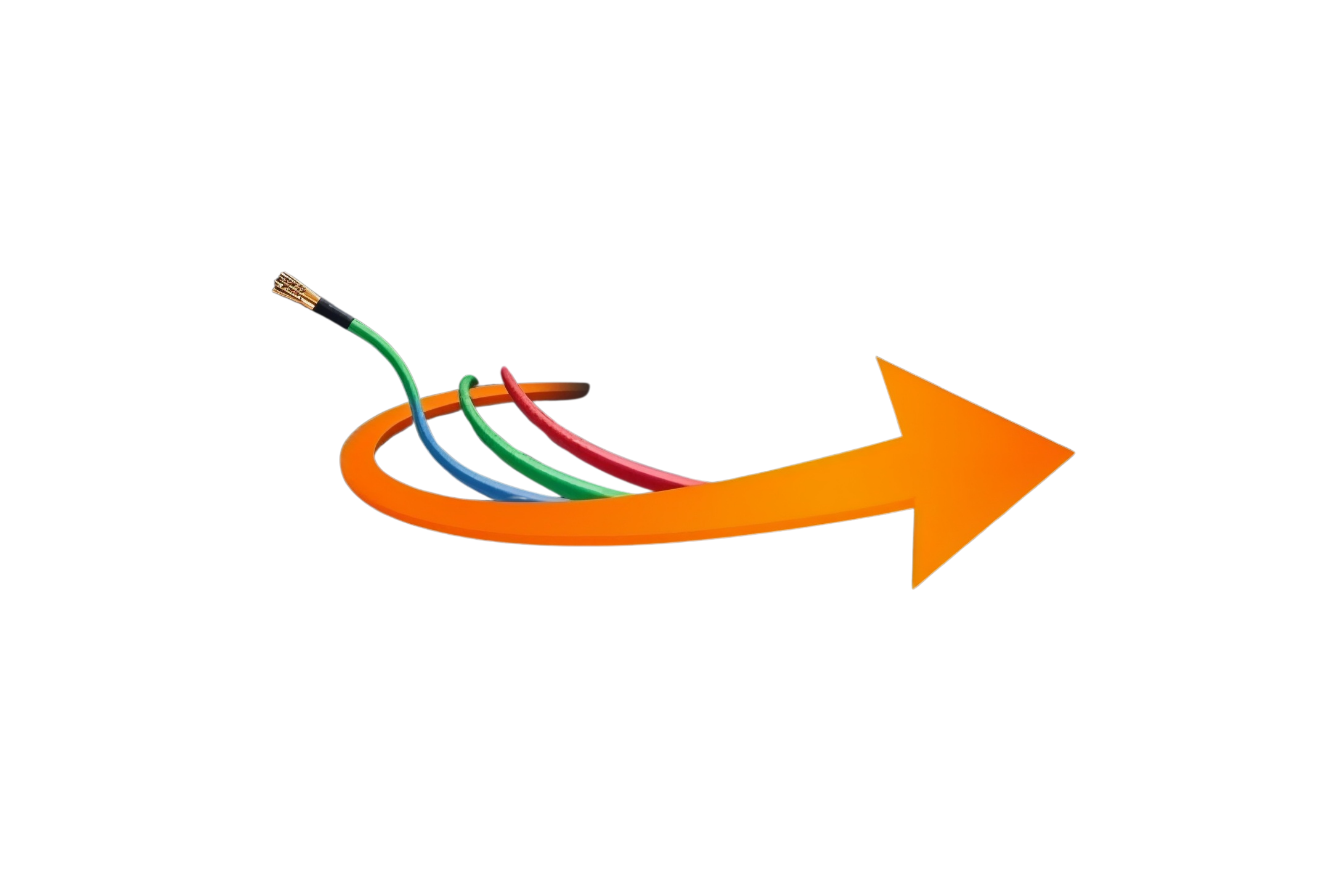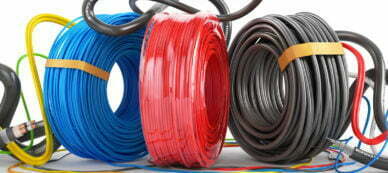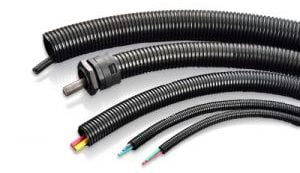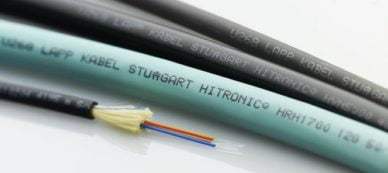HF, HF, MF, LORAN-C, and LOW FREQUENCY DATA TRANSMISSION CABLES
In this article, we discuss LF, HF, MF, and LORAN-C. We will also discuss the importance of low-frequency encoding. The most common encoding scheme is Multilevel Threshold (MLT). This uses a three-level threshold to transmit information and a non-return to zero for error correction. In the end, these schemes transmit more bits of information using lower frequencies.
LF
UL/CSA APPROVED LOW FREQUENCY data transmission cable is used in wind turbine systems to transmit signals with low frequency. The impedance of the cable is typically around 4,000 ohms, which is less than the typical data transmission rate. Short pulse applications require low-frequency cable. Short pulse cables are used in applications where high-frequency signals are not required, such as telemetry.
The low frequency (LF) data transmission cables are available for a wide range of applications. They are typically used in data networks, industrial automation, instrumentation, bus systems, and electronics. These cables are resistant to a variety of room temperatures and alkalis and certain types of oils. UNITRONIC(r) LiYY cables are used for a variety of uses, including management and alarm systems.
HF
HF low frequency data transmission cables have been around for many years, but the term “low-frequency” may be confusing. It can mean many things. One is the type of cable, and the other is its varying transmission frequency. Both types have advantages and disadvantages. Here is a look at some of the differences. To determine which cable is best for your application, consider how much power it will carry. Typically, cables used for this type of transmission should be a minimum of 1.2 AWG.
For HF low-frequency data transmission, the primary mode of propagation is reflection off the ionosphere, which is a series of ionized layers in the atmosphere. These layers vary in height and reflectivity, depending on the time of day. During the day, these layers are at about 70 km altitude, while at night, they combine to form one layer at an average altitude of 300 km.
High-frequency (HF) signals operate within a range of 100-to-10-metre wavelength bands. The HF band’s bandwidth ranges from three megahertz to thirty megahertz. Much of the HF band is devoted to fixed and mobile voice communication, which often require transmission bandwidths of less than twelve kilohertz. High-frequency radios are also used for international shortwave radio broadcasting.
The HF band is often used by the Navy, though many of its former uses have been replaced by satellite-based communication systems. It will likely remain used for some time, as it is prone to changes in the ionosphere. Its use is extremely specialized and will require the use of several frequencies. When a satellite is using HF, it will be difficult to reach the other side. And in order to get the best signal, antennas must be huge.
MF
LOW FREQUENCY DATA COMMUNICATION CABLES are designed for long distances. Compared with higher frequency bands, these cables have less room for frequency “room.” This allows for larger bandwidths and longer transmission links. Unlike other types of cables, they don’t degrade signal quality. Listed below are some common uses for this technology.
LORAN-C
UL/CSA-approved low-frequency data transmission cable is used in wind turbines to transmit low-frequency signals. This cable has 7 Cores and 6.7 mm OD. It is flame retardant, certified to IEC 60332-1 and confirmed to meet the EAC. It can carry up to 480 watts of power. Its low-frequency transmission cable meets the requirements of many wind turbine manufacturers.
Unlike higher-frequency signals, LF communications are often longer-range and require large antennas. The LF band is a particularly useful option in the polar regions, where ionospheric disturbances may affect transmissions at higher frequencies. Also, the LORAN navigation system uses 100 kHz. In a military context, the LF band is used for the Fleet Multichannel Broadcast System (FMS).
UNITRONIC FD CY 7 X 0.25
UNITRONIC FD CY 7X0.25 LOW FREQUENCY DATA CONVERSION CABLES feature a 7 Core copper braid, a PVC outer sheath, and a 6.7 mm OD. They are suitable for multiple applications, including high-speed LAN data networks, bus systems, electronics, and all kinds of possible applications.
